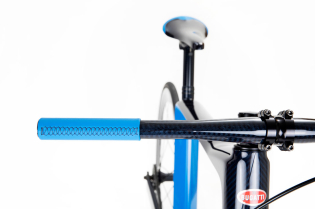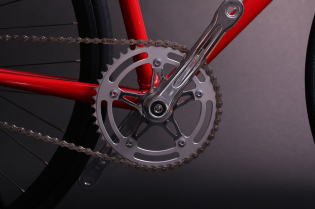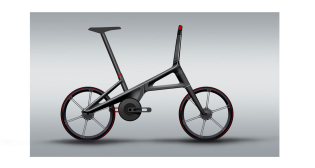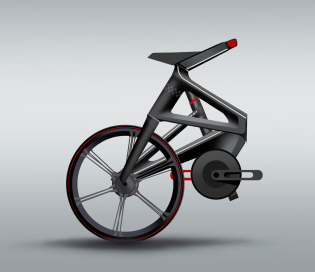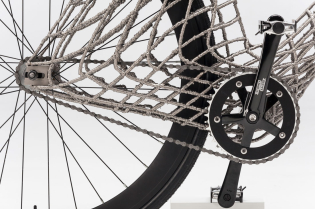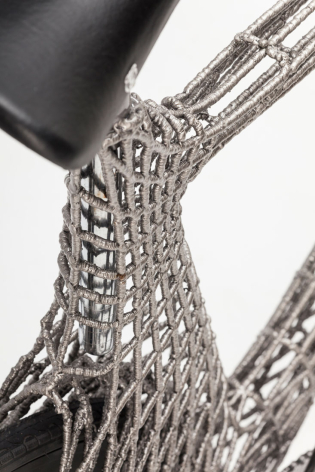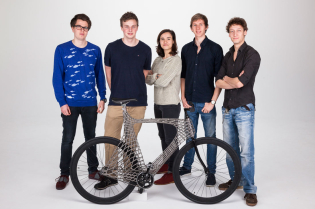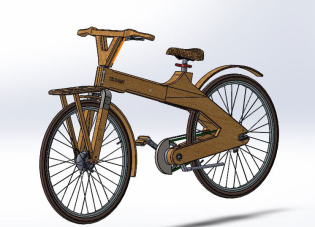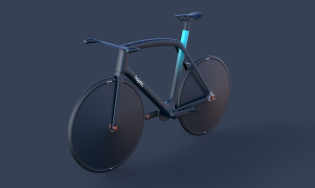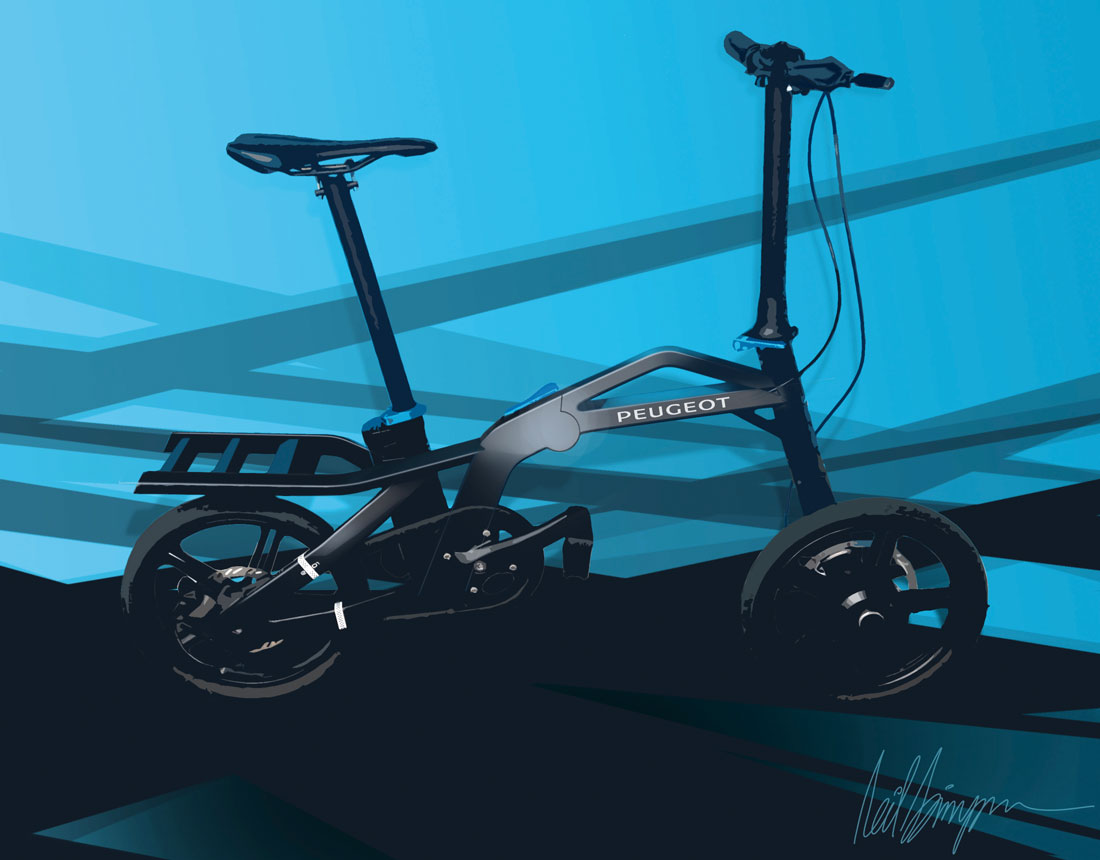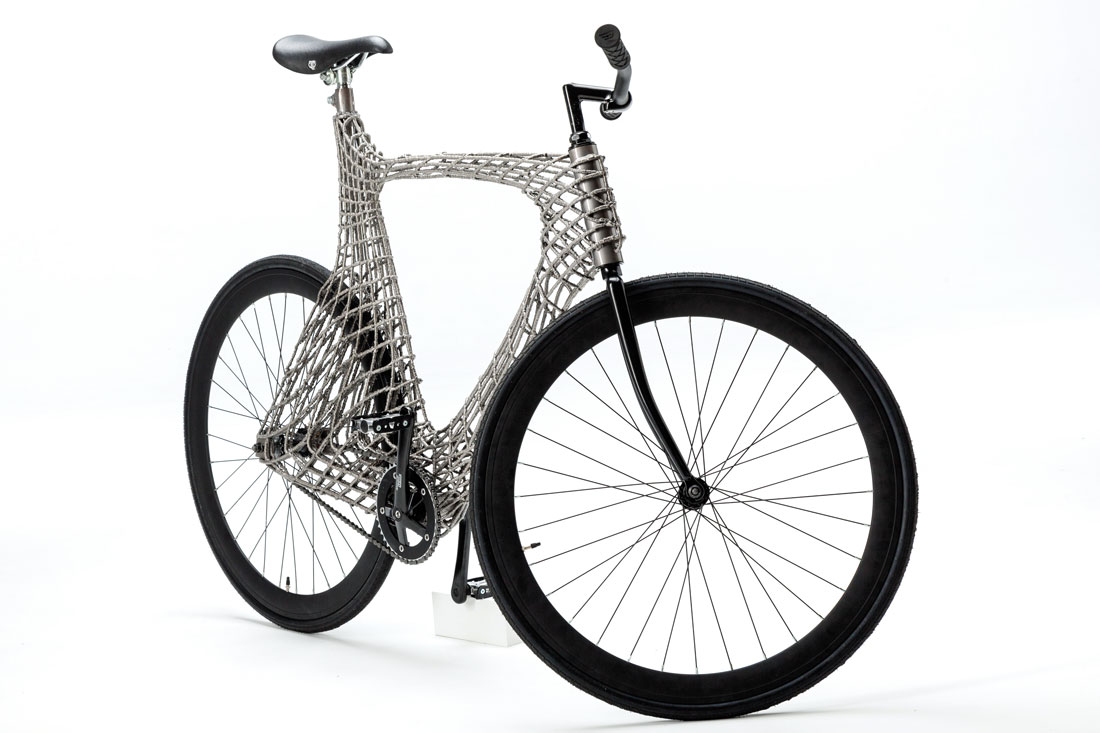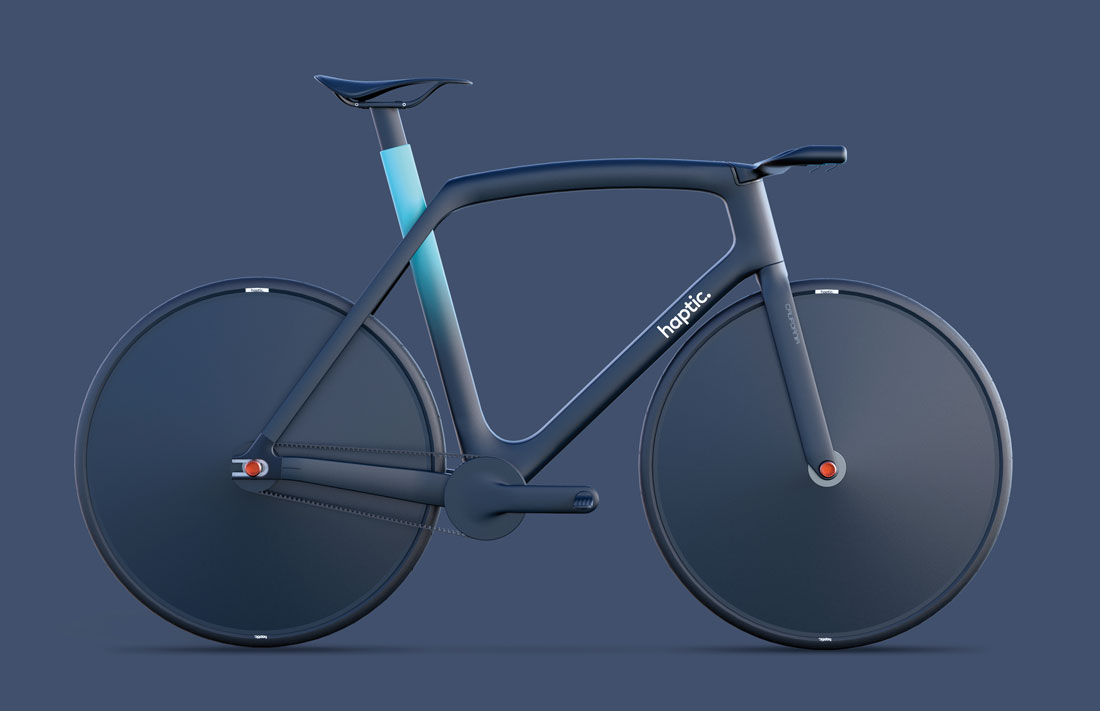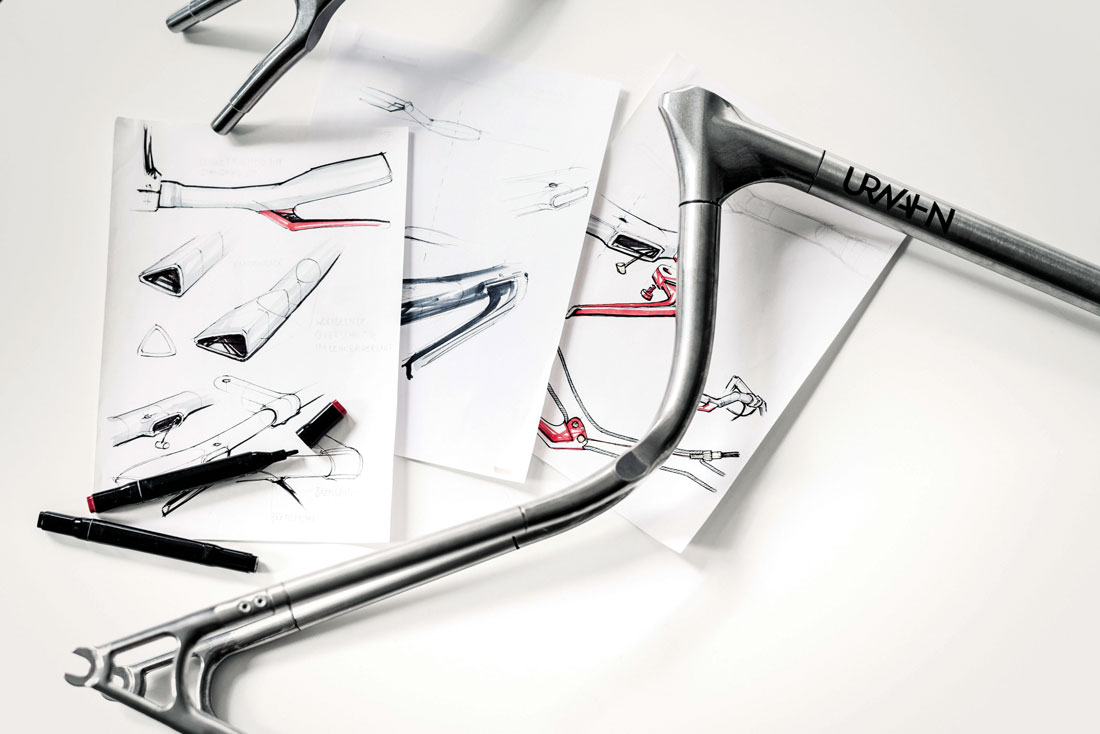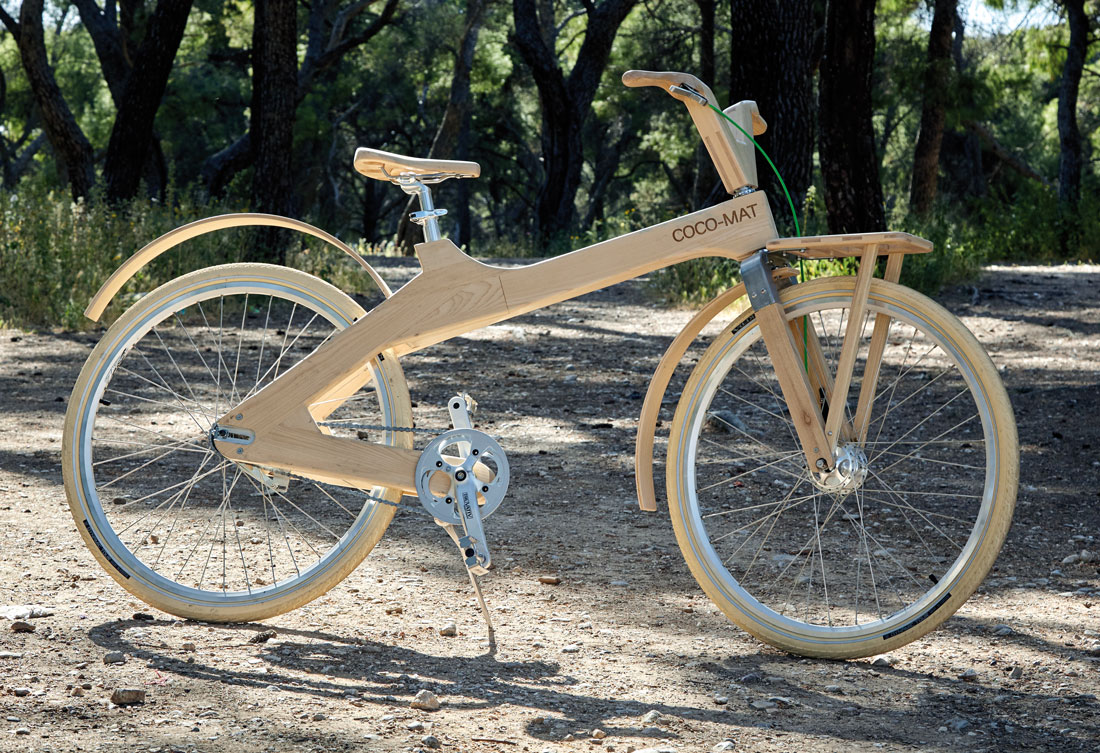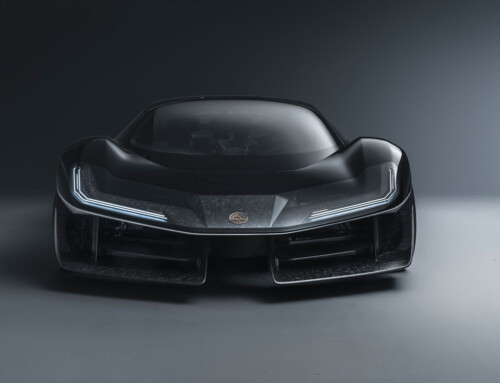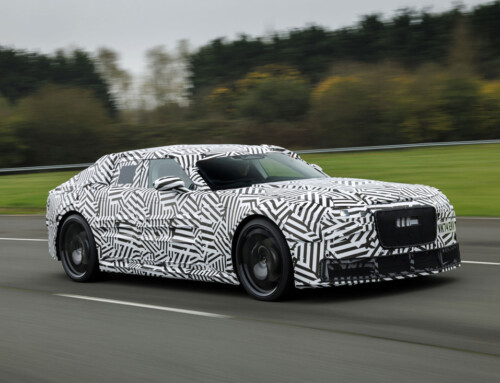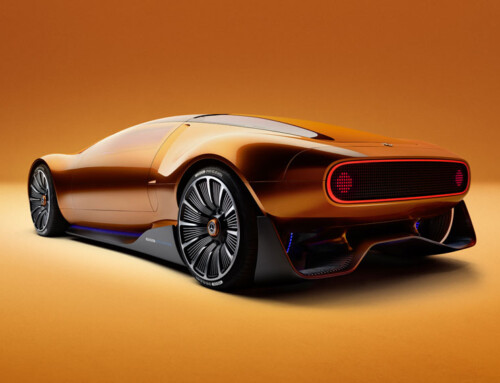A frame, two wheels, handlebars and a saddle. What could be simpler than a bicycle? But the evolution of this vehicle tells a different tale. Since the Laufmachine of 1817 (also known as the draisine, after its inventor, Karl Drais), the innovations and refinements have been fast and furious.
We should point out that the all-purpose bicycle no longer exists. Perhaps it never did, but fragmentation has increased today and each sector now breaks down into other subsectors where the technological range (and price range) from the bottom to the top is quite incredible. To this we must add the boom of the “pedal-assisted electric” versions (124,000 were sold in Italy alone in 2016 out of a total of 1,679,400) which can replace a moped or motor scooter. They are not only designed for elderly or lazy people, a fact that is borne out by the unstoppable growth of mountain bike versions, which can now tackle even more demanding itineraries. And here we could naturally digress to examine the philosophical “purity” of this solution.
How is this market sector evolving? Generally speaking, the design aspect remains in the forefront, representing the interaction between form and function. The world of the traditional road bike (and not only that) is feeling the influence of a strong “vintage” movement which adds traditional models to the range, embellishing them with components once found only on the so-called “flagships”, such as handlebar bags or leather saddles and handlebar grips. Some Italian makes are masters of this art. Where the marginally sportier “touring bikes” are concerned, the accent is now on their light weight, using materials that range from carbon for the frame to wood for the handlebars.
And even here we find a vintage touch introduced by a technical detail: the fixed gear, i.e. the rear drive sprocket bolted onto the wheel hub (obviously without gearing) which means you have to keep pedalling, just as you did many years ago, and still do on track racing bikes. This unconventional choice is also occasionally used on racing frames and is the norm when striving for extreme simplicity, with no mudguards, chain guards, lights and even no traditional brakes.
There are a great many novelties in the world of the racing bike and these obviously influence styling. First of all, a light weight (now below 5 kg) achieved with top quality materials, and the widespread use of disc brakes in place of the conventional pads. But also, carbon rims and much larger tyres. There are also obviously vintage elements, and some models are decidedly worthy of mention where their design is concerned. The racing bike has now given birth to the gravel bike, a modern interpretation of the cyclocross bicycle of the past.
Mountain bikes have taken the road to hyper specialisation, starting from the materials and extending to the design of the frame, often with daring solutions, and as many as 36 gears. In each sector materials play a leading role in the striving for light weight and resistance. And some people are experimenting with wood, which is occasionally used for the entire frame. For purely urban use, the concept of portability is resulting in increasingly versatile folding bikes. And sometimes the bicycle becomes even more essential and turns into a scooter: but obviously with an electric version too.

